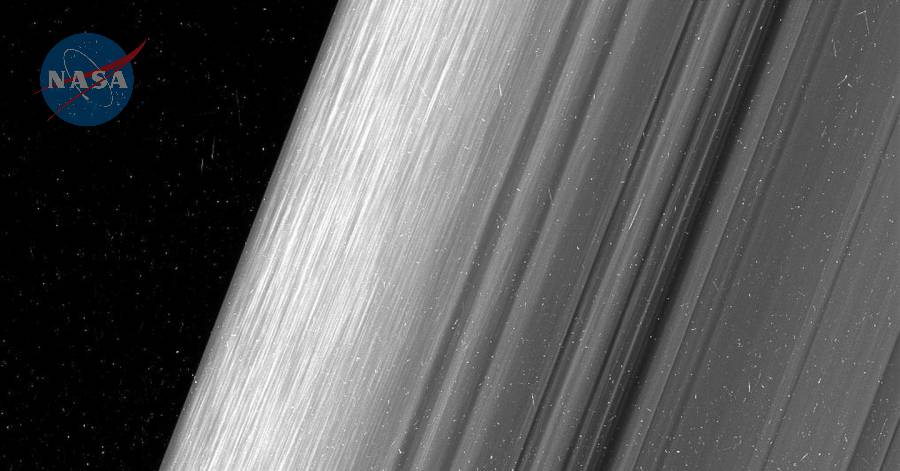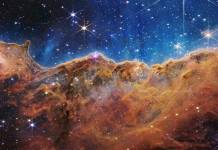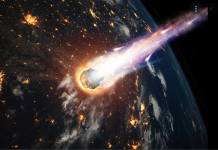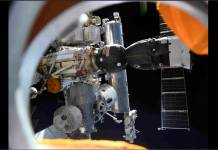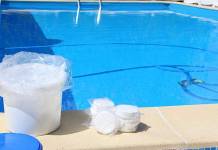In a statement published yesterday, NASA revealed a set of close-up pictures of the rings surrounding the planet Saturn. The images give scientists more insight on the materials traveling around the globe’s orbit and are a visual treat for space fans.
The images come from the Cassini spacecraft, which entered development in the 1980s and launched in 1997.
The probe reached Saturn’s orbit in 2004 and started collecting data. Cassini’s first passing of the Rings took place last month, on December 4.
What are Saturn’s rings made of?
Some scientists call Saturn the ‘jewel’ of the Solar System. It is the only planet with ring formations such as the one’s seen in the pictures. They are a grouping of thin ice layers that became rounded up due to Saturn’s massive gravity.
The images show the ring’s density waves, reminiscent of thin layers of steel or similar metals. Scientists observed individual clumps and formations that they nicknamed ‘straws’ and ‘propellers.’
The structures provided in detail by the Cassini pictures show a completely different perspective of the giant planet’s icy formations. Researchers have been waiting since 2004 for this kind of results.
“These close views represent the opening of an entirely new window onto Saturn’s rings,” said Cassini scientist Matthew Tiscareno. “over the next few months we look forward to even more exciting data as we train our cameras on other parts of the rings closer to the planet.”
The images show details as small as 0.3 miles, which is nothing for the gas giant but incredibly huge for scientists. A zoom-in into the rings would still look at an area that rivals the Earth’s tallest skyscrapers in size.
The Cassini-Huygens space endeavor
The project is a collaboration between NASA, the European Space Agency (ESA), and the Italian Space Agency. NASA’s Pasadena-based Jet Propulsion Laboratory currently manages all related affairs, and the mission’s headquarters locate in Boulder, Colorado.
Cassini now undergoes a complete tour of Saturn and has provided scientists with various discoveries, including data on the planet’s atmosphere, its moons, and its magnetosphere. The probe sent proof of a large ocean with hydrothermal activity on the Enceladus moon.
Some Saturn facts
Named after the Roman God of agriculture, Saturn has a faster rotation than Earth. A day on the Solar System’s jewel lasts about 10 hours and 14 minutes. However, due to its distance from the Sun, a year in Saturn equals 29 years on Earth.
Saturn is one of the two largest giants in the Solar System. Only Jupiter can beat it in size (and the rings don’t count). It has a total of 150 moons. The most famous are the one mentioned above and Titan.
Source: NASA / Cassini Images

